

— Blogs —
—Products—
 Consumer hotline +8618073152920
Consumer hotline +8618073152920 WhatsApp:+8615367865107
Address:Room 102, District D, Houhu Industrial Park, Yuelu District, Changsha City, Hunan Province, China
Product knowledge
Time:2024-10-19 12:19:08 Popularity:1217
A weather station is a device specially designed for collecting, analyzing and processing weather data, which can monitor the temperature, humidity, air pressure, wind speed, wind direction, rainfall, soil moisture, light intensity and other weather elements in the atmospheric environment in real time. Weather station through the sensor and measurement equipment, the weather elements for long-term, continuous monitoring and data collection, for weather forecasting, climate research, agriculture, aviation, navigation and other areas to provide important support.
A good FARM weather station should have the following characteristics:
- High-precision sensors: to ensure the accuracy of the data, for agriculture, accurate weather data is crucial.
- Real-time monitoring and transmission: able to collect data in real time and quickly transmit it to the user to help farmers make decisions instantly.
- Durability: Stable work in harsh outdoor environments, resistant to wind and rain, high and low temperatures.
- Ease of use: easy to install and maintain, simple operation, farmers can easily use it without professional background.
- Customization: Provide specific meteorological parameters monitoring for agricultural needs.
- Cost-effectiveness: Reasonably priced, low maintenance cost, suitable for the economic budget of agriculture.
- Scalability: Ability to add or upgrade sensors as needed.
- Data security: Data transmission and storage should be secure to prevent data leakage or tampering.
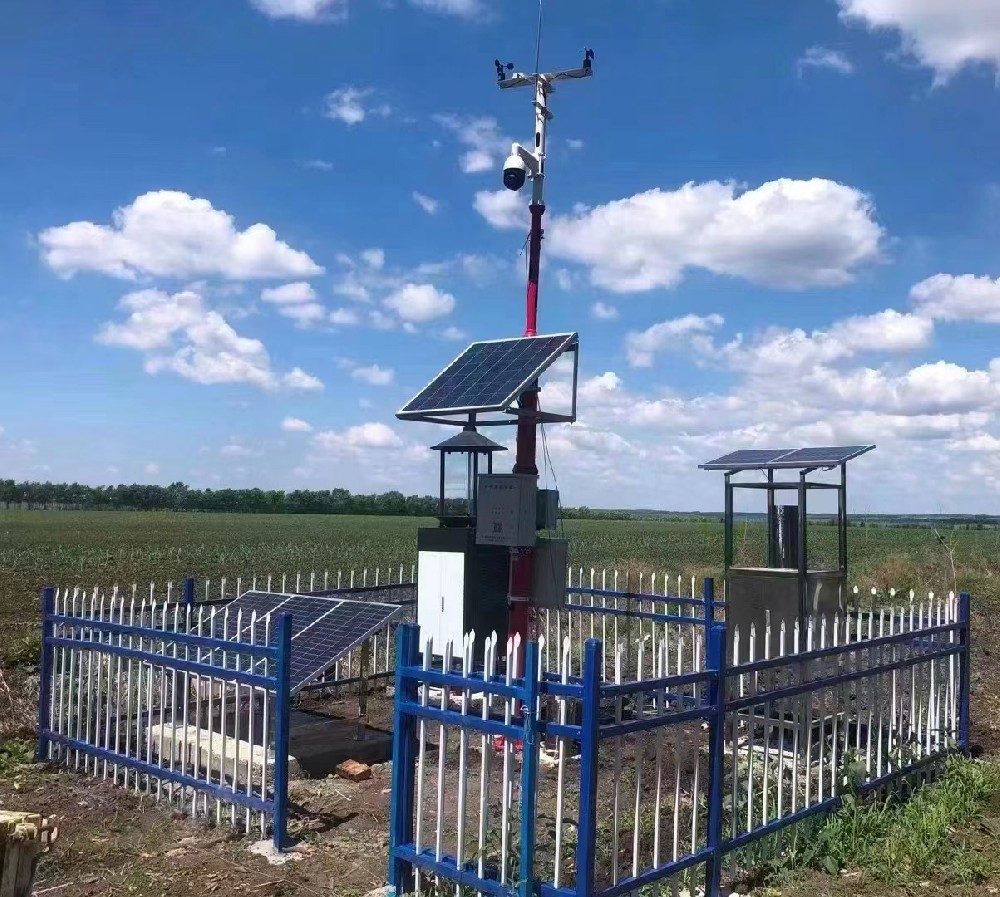
Weather stations are usually equipped with the following sensors:
1. temperature and humidity sensors: help farmers understand the optimal environmental conditions for crop growth. 2. wind speed and direction sensors.
2. wind speed and direction sensors: provide information about wind, which has implications for pesticide spraying and crop pollination.
3. soil moisture sensors: monitor soil moisture to help plan irrigation and optimize water use.
4. Light sensor: guides crop planting layout and improves photosynthesis efficiency.
5. Barometric pressure sensor: monitors changes in barometric pressure and can be used to predict weather changes.
6. rain gauge (rainfall sensor): records precipitation, which is essential for water management and irrigation planning and crop disease management.
Farmers need weather stations to provide real-time, accurate weather data to help them better organize their agricultural activities. Weather data helps farmers to predict weather changes, rationalize farming activities such as irrigation, fertilizer application, pest control, as well as prevent crop damage from weather hazards such as frost and flooding, thus improving agricultural productivity and crop yields.
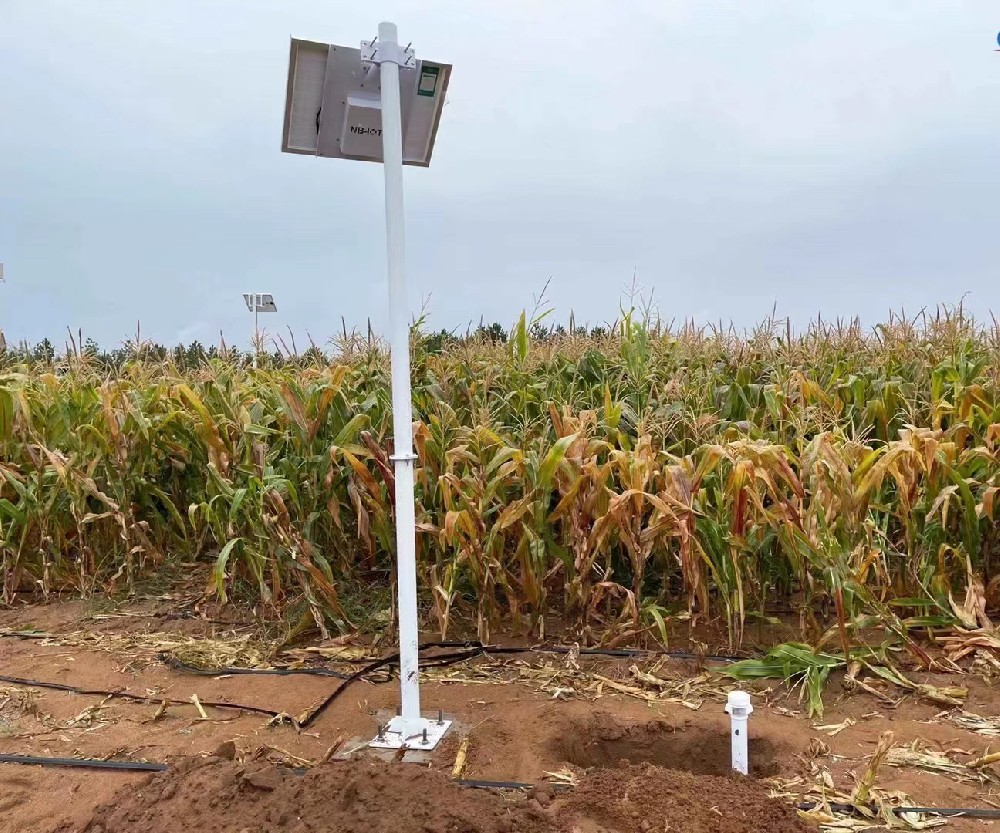
Weather stations can bring the following values to farmers:
-Improve productivity: with accurate weather data, farmers can optimize planting and harvesting times according to different weather conditions, improving crop quality and yield.
-Reducing disaster losses: Weather stations can provide early warning of extreme weather events, such as frost, drought, and flooding, providing farmers with valuable time to take precautionary measures and reduce the damage to crops caused by natural disasters.
-Optimize resource use: Through weather data, farmers can optimize the use of water resources, fertilizers and pesticides to reduce resource wastage and lower agricultural production costs.
Crop protection: Prevent crop diseases and natural disasters by monitoring weather changes.
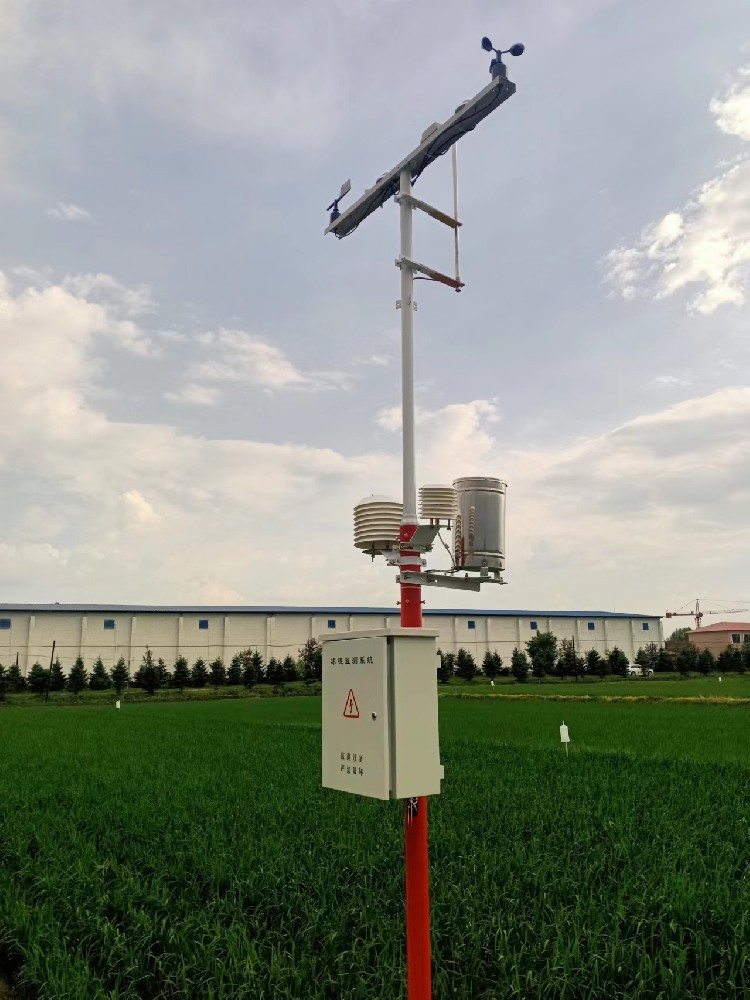
-Farm weather station features: it should focus on agriculture-related weather parameters and should be able to monitor key weather parameters such as temperature, humidity, wind speed, wind direction, rainfall, soil moisture and light intensity in real time and provide early warning information.
-Farm Weather Station Features: with mobile application support, it is easy for farmers to view the data anytime and anywhere. Meanwhile, the device should have high stability and durability to adapt to the harsh outdoor environment.
-Farm Weather Station Price: The price should be reasonable and suitable for the farm's budget, possibly with government subsidies or discounts.
-Farm Weather Station Advantage: It should support wireless transmission of data, which is convenient for farmers to view and analyze the weather data remotely. In addition, the equipment should also have data storage and query function, so that it is convenient for farmers to view historical data at any time.
Farm weather station use: intuitive interface, easy installation, reduce the need for technical training.
Farm Weather Station usually transmits data to remote data centers or user terminals through wireless transmission. Common data transmission methods include GPRS, 4G/5G, WiFi and so on. These transmission methods have the advantages of easy installation and flexibility, which can ensure the real-time and accuracy of meteorological data.
- Wired transmission: connect to the local computer via Ethernet or serial line.
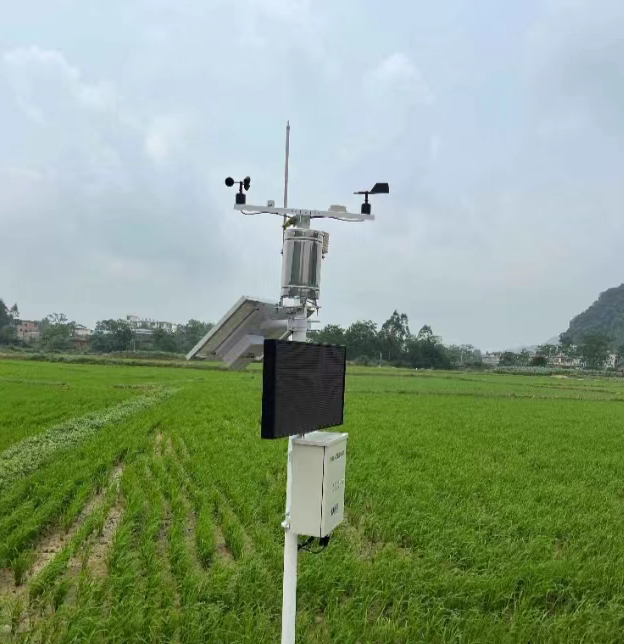
The following key factors should be considered when choosing a weather station suitable for agricultural needs:
- Monitoring elements: According to the type of crop and growth stage, determine the weather parameters to be monitored, such as temperature, humidity, wind speed, soil temperature and humidity.
- Intelligent functions: Consider whether advanced functions such as intelligent alarms, data analysis, cloud monitoring, etc. are needed to assist decision-making.
- Ensure that the product meets the industry standard, check the product manual and inspection report to ensure that you buy qualified products.
- Choose a brand with good reputation and strong after-sales service so that you can get technical support and maintenance in time when there are problems with the equipment.
- Sensor Configuration: Select sensors according to the actual needs, such as forestry scientific research may need wind direction, rainfall, temperature and humidity and illumination sensors.
-Farm weather station power supply: according to the conditions of the installation location, choose utility or solar power supply, the latter is suitable for remote areas.
- According to the distance between the station and the monitoring center, choose the suitable communication method, such as RS485 for close distance, and consider GPRS/4G/5G wireless communication for long distance.
- Under the premise of meeting the functional requirements, consider the initial investment and long-term operating costs of the equipment, and choose cost-effective products.
- Consider the ease of installation and subsequent maintenance, including whether it is easy to operate and whether there are detailed installation instructions.
- Check the evaluation and success stories of other users to understand how the equipment performs in practical applications.
- Confirm whether the weather station provides data analysis tools or software to help farmers interpret data and optimize management measures.
- Choose equipment that has waterproof and anti-theft designs and can work stably in bad weather.
Choosing an agro-weather station is a comprehensive process that needs to be decided based on the needs of the specific agricultural project, environmental conditions, budget, and the convenience of long-term operation. Through careful evaluation, it can be ensured that the selected weather station can effectively support agricultural production and improve crop yield and quality.
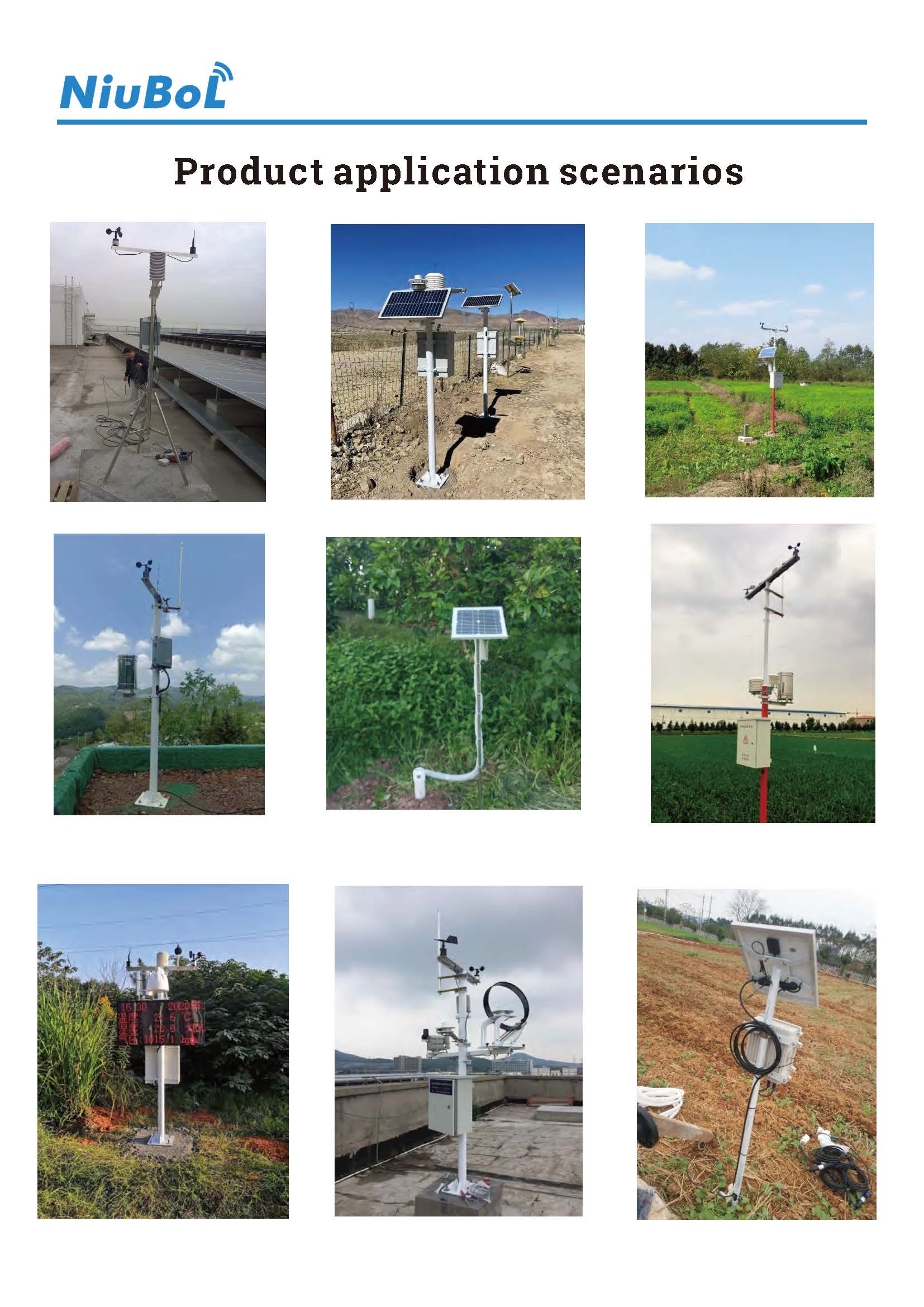
To summarize
The best weather stations for farmers are those that provide accurate, real-time, agriculturally customized weather data that is not only cost-effective, but also easy to operate and maintain. With such weather stations, farmers are able to make more scientific planting decisions, effectively manage water resources, reduce the risk of natural disasters, and ultimately increase yields and incomes to improve the sustainability of agricultural production.
When choosing a weather station, farmers should make comprehensive considerations based on their needs, budget, brand, technology and other factors, and choose a weather station that suits their needs. At the same time, farmers should also understand the data transmission methods and usage of weather stations to ensure that they can fully utilize the functions and advantages of weather stations to improve agricultural production efficiency and crop yields.
Related recommendations
Sensors & Weather Stations Catalog
Agriculture Sensors and Weather Stations Catalog-NiuBoL.pdf
Weather Stations Catalog-NiuBoL.pdf
Related products
 Combined air temperature and relative humidity sensor
Combined air temperature and relative humidity sensor Soil Moisture Temperature sensor for irrigation
Soil Moisture Temperature sensor for irrigation Soil pH sensor RS485 soil Testing instrument soil ph meter for agriculture
Soil pH sensor RS485 soil Testing instrument soil ph meter for agriculture Wind Speed sensor Output Modbus/RS485/Analog/0-5V/4-20mA
Wind Speed sensor Output Modbus/RS485/Analog/0-5V/4-20mA Tipping bucket rain gauge for weather monitoring auto rainfall sensor RS485/Outdoor/stainless steel
Tipping bucket rain gauge for weather monitoring auto rainfall sensor RS485/Outdoor/stainless steel Pyranometer Solar Radiation Sensor 4-20mA/RS485
Pyranometer Solar Radiation Sensor 4-20mA/RS485
Screenshot, WhatsApp to identify the QR code
WhatsApp number:+8615367865107
(Click on WhatsApp to copy and add friends)
